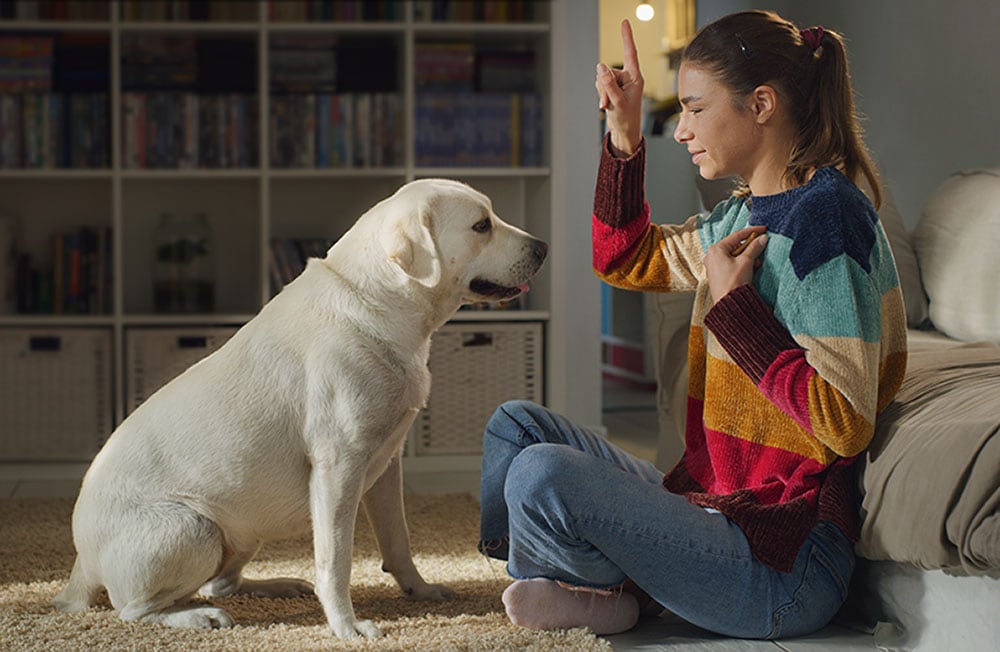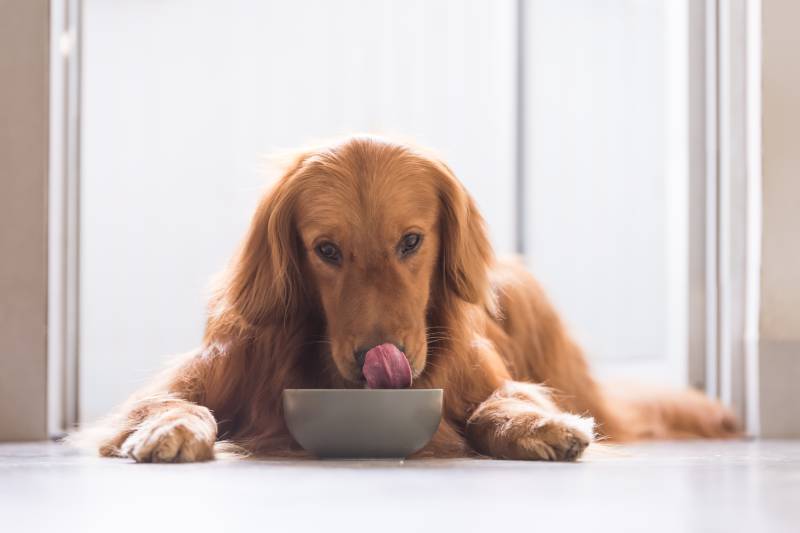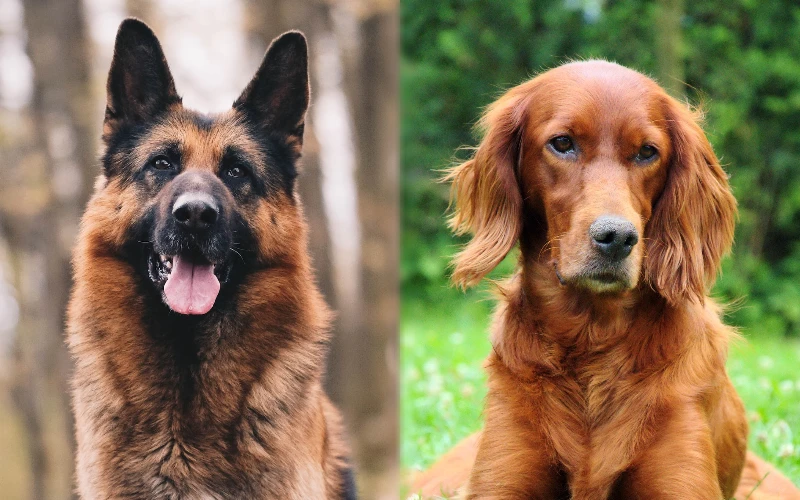8 Types of Dog Coats & Their Differences (With Pictures)

Updated on
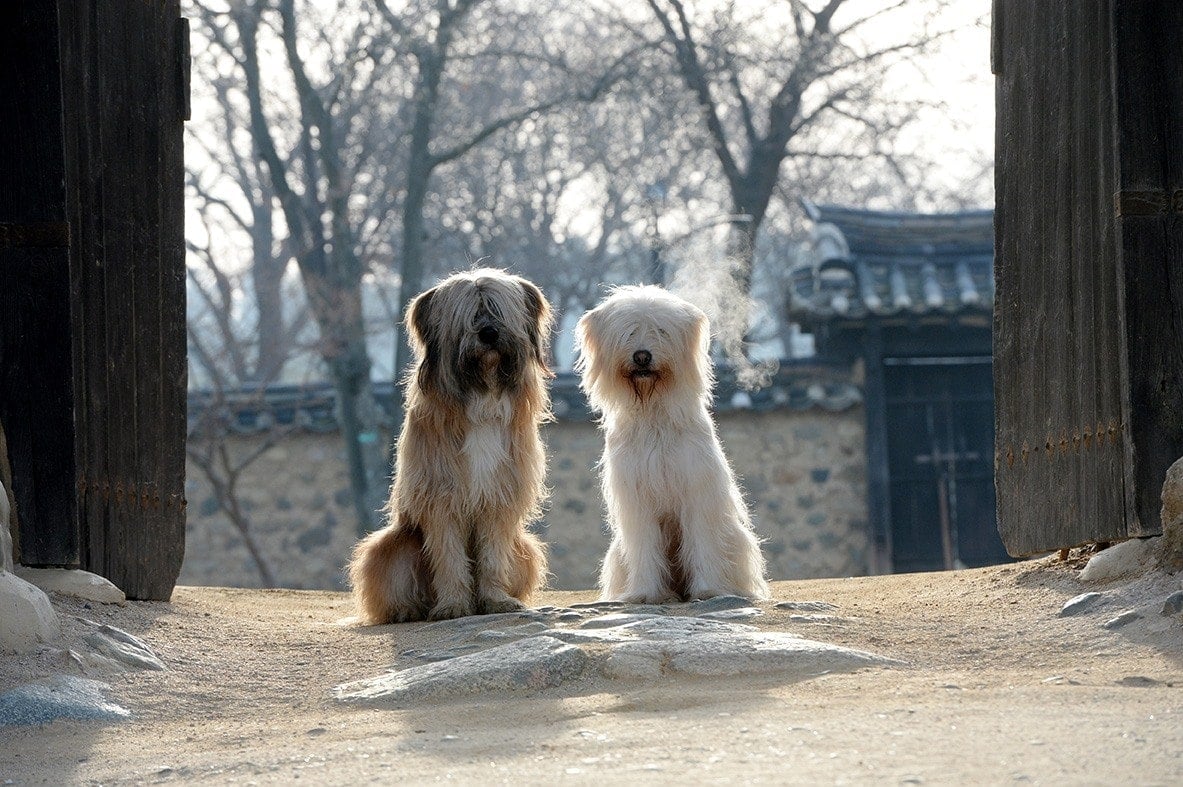
There are approximately 340 known dog breeds in the world. From the English Bulldog to the Alaskan Malamute, dogs have different sizes, physical attributes, temperaments, and personality characteristics. When deciding on a dog as a family pet, you might research all these different aspects to find the right fit for you and your family.
Whether you are learning about dogs because you are thinking about adding a new member to your family or you are learning about dogs simply out of interest, you may not have thought about the different types of dog coats and dog fur types that there are.
You’ve noticed that some dogs have longer fur, some have shorter fur, and some have a coat somewhere in between. But did you know that there are hairless dogs? And did you know that shedding can sometimes be seasonal?
In this article, you will learn about different types of dog coats and some of the characteristics associated with them.
The 8 Types of Dog Coats:
1. Long Coat
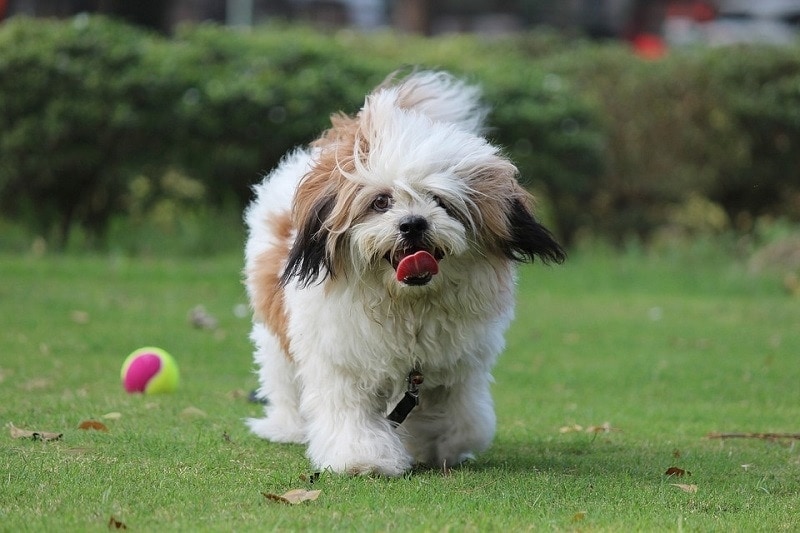
Long-haired dogs have beautiful, magnificent coats that may require quite a bit of maintenance. This may especially be the case if they are very physically active, since they may then be prone to tangles and matting. Regular grooming is important for long-haired dogs, and owners may also consider carefully trimming the fur.
One of the major concerns with long coats is the possibility of overheating when temperatures are warmer. This is when proper grooming will be very important since this will help to keep their temperature regulated.
Some of the breeds that naturally have long coats are the Lhasa Apso, Saint Bernard, Sheepdog, and the Yorkshire Terrier.
2. Short Coat

Short coats are typically smooth and shiny. Short-coated dogs may be ideal for owners who do not want to deal with constant maintenance and grooming. While this type of coat does not need as much maintenance as longer coats, it is still important to make sure that it is properly cared for, including bathing and brushing.
Short-coated breeds include Bull Terriers, Boxers, Doberman Pinschers, and Rottweilers.
3. Medium Coat

Medium coats are longer than one inch but still shorter than long coats. Dogs that have a medium coat typically only need to be bathed about once a month. Regular brushing will still be needed depending on the length of the fur, but they will not need as much brushing as longer-haired dogs. Medium-coated dogs may be ideal for owners who do not want to worry about constant grooming.
Breeds that have medium coats include Akitas, German Shepherds, and Siberian Huskies.
4. Double Coat
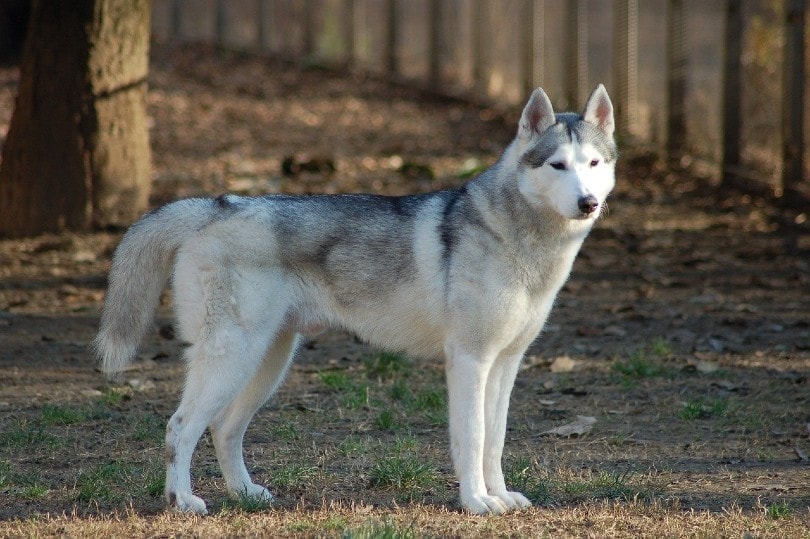
A double coat refers to a shorter undercoat and a longer coat on top. Double coats help to regulate temperature. The coat will keep the dog warm during the colder months and cooler during the warmer months. Because of this, it is important to maintain proper grooming. These dogs will need regular brushing of the undercoat, and they will likely shed quite a bit as seasons change.
Some of the breeds that have this type of coat include Golden Retrievers, Corgis, and Border Collies.
5. Curly Coat

Some dogs have a beautiful coat full of curls and waves. These thick, curly coats – which can have either tight curls that are closer to the body or loose curls – will need regular brushing to reduce mats and tangles. A slicker brush is recommended for curly-coated dogs.
Breeds that typically have a curly coat include the Poodle and Bichon Frise.
6. Wire Coat
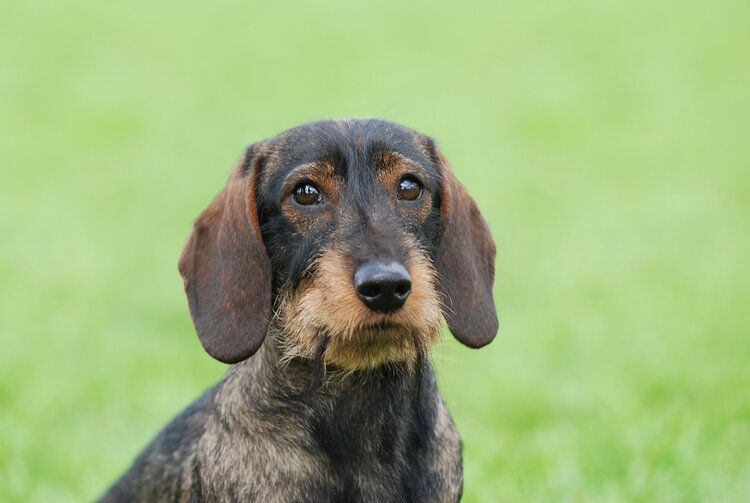
The wire coat is also known as the broken coat. This coat is coarse and stiff and does not shed. However, wire-coated dogs will still need grooming, and the type of grooming they need is very specific. Hand-stripping is a type of grooming that involves the removal of the old hair, which allows the new hair to grow. This process also keeps the dog’s hair neat-looking, and regular grooming will allow the fur to become softer and less rough.
Dogs with wire coats include the Schnauzer and the German Wirehaired Pointer.
7. Silky Coat
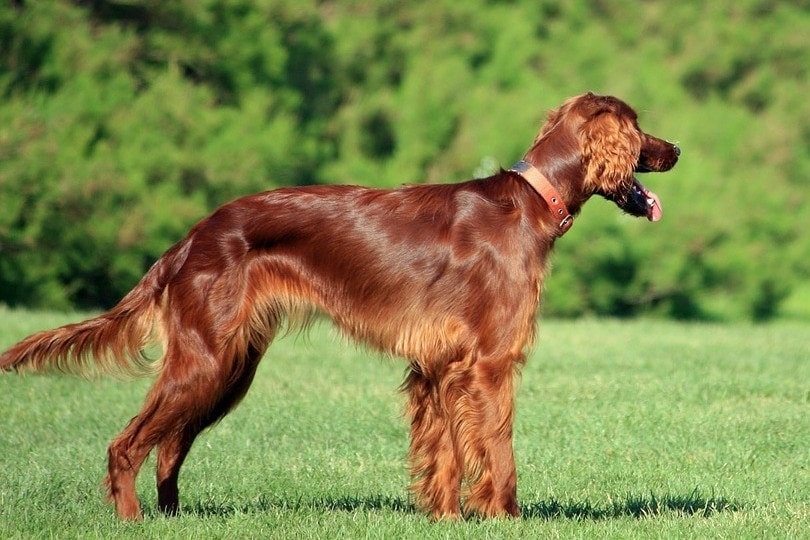
Silky coats are beautifully long, shiny, and soft. Of the types of coats, while visually stunning, this type will likely require the most maintenance in order to keep it as free from mats and tangles as possible. It may also be necessary to adjust bathing and brushing to the dog’s physical activity level. Detangling combs, brushes, shampoos, and sprays can help the coat stay soft, smooth, and clean.
Silky-coated dogs include the Irish Setter, Silky Terrier, and the Afghan Hound.
- You might be wondering what personality type your dog has – find out here!
8. Hairless Coat
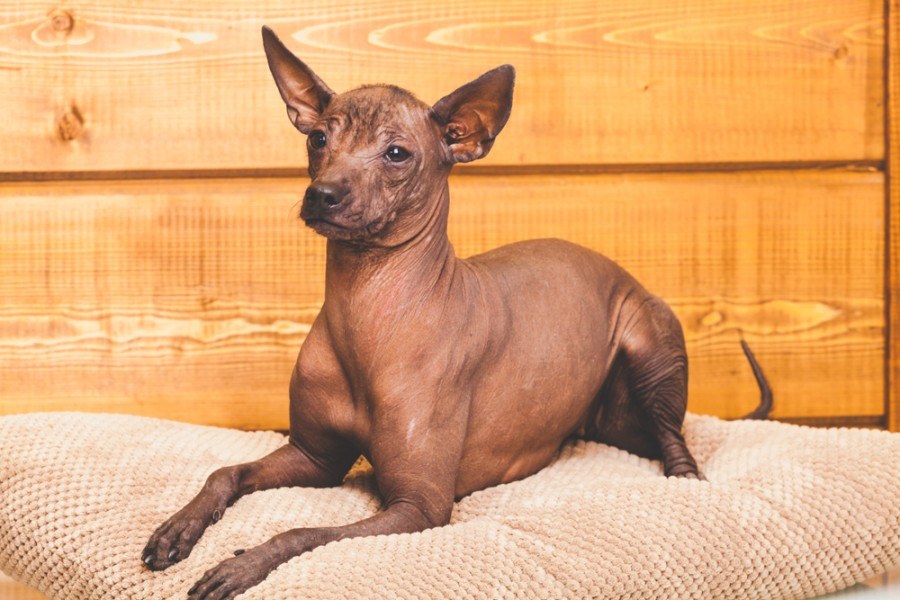
Last, but certainly not least, are hairless dogs. These types of dogs may be ideal as pets for those that love dogs but suffer from pet-related allergies. Hairless dogs do not have fur; however, they will need special care because their skin is completely exposed to sun, wind, snow, etc. As a result, they need sun protection and maybe even a jacket during the cold weather months. They need regular bathing to care for their skin, and it would be ideal to use products that are gentle for their skin.
Different breeds of dogs that have hairless coats include the Xoloitzcuintli (the Mexican Hairless) and the Chinese Crested.
Featured Image Credit: ufokim, Shutterstock

